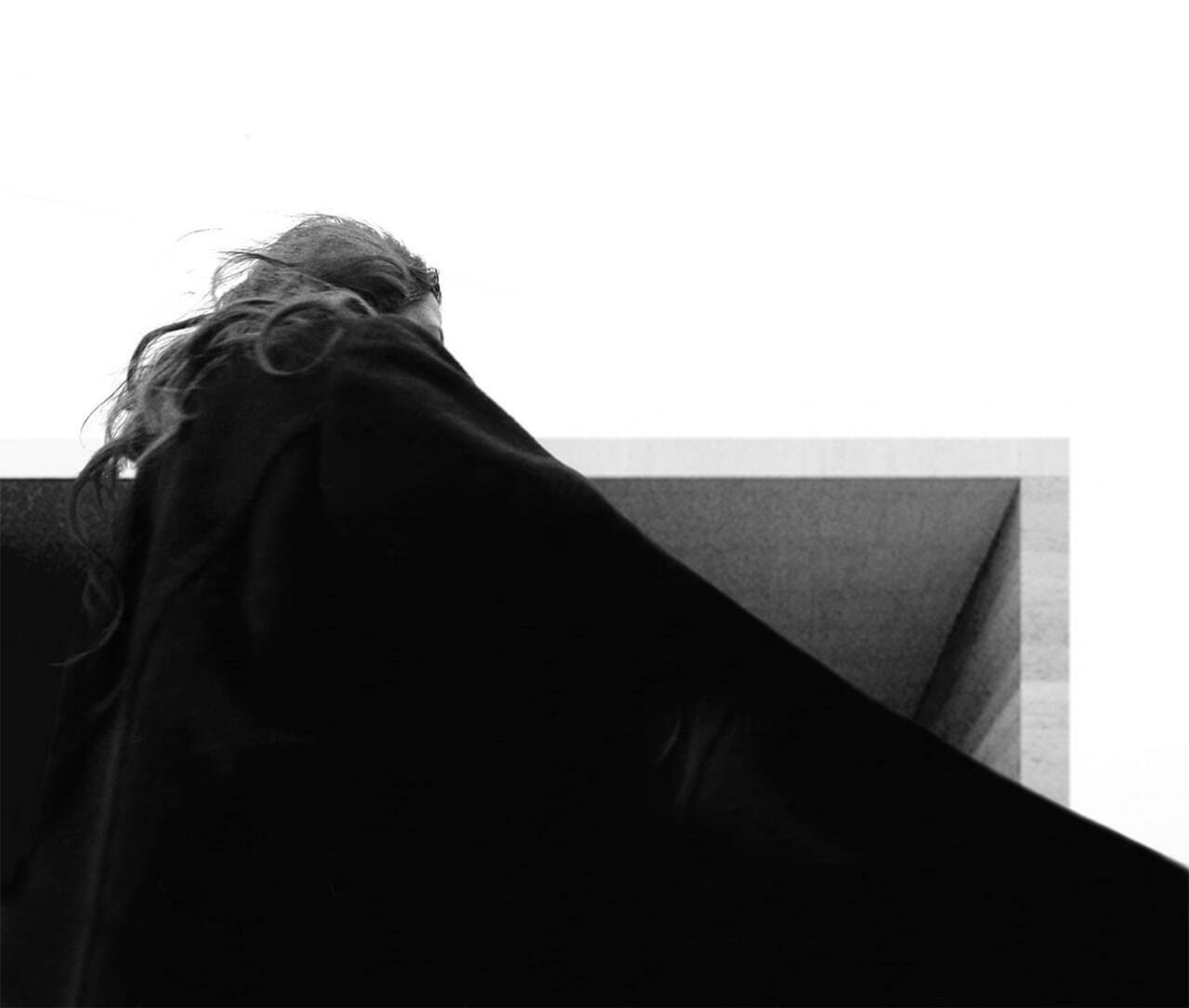3D: HISM
Location: Lviv, UA
Founders: Alex Nizhnikovskiy & Nazarii Derkach
In a discussion on 3D Impressionism, several pertinent questions arose, best addressed to those who have transcended the invisible boundary from quality photorealism to something greater.
To answer these questions, we turn to the founder of HISM studio, Alexey Nizhnikovsky (AN), whom I met during a recent trip to Lviv.
Location: Lviv, UA
Founders: Alex Nizhnikovskiy & Nazarii Derkach
In a discussion on 3D Impressionism, several pertinent questions arose, best addressed to those who have transcended the invisible boundary from quality photorealism to something greater.
To answer these questions, we turn to the founder of HISM studio, Alexey Nizhnikovsky (AN), whom I met during a recent trip to Lviv.

GJ: Hello, Alexey! Sitting in your studio, we touched upon your approach to rendering creation. What distinguishes HISM’s approach from the traditional?
AN: Our main difference is focusing on people and the moment in our works. We concentrate more on what a person feels in a space. The initial impression of architecture cannot be experienced twice. That’s what we try to convey. Have you seen our work featuring the girl in black? It’s part of a series for a crematorium construction competition. It depicts a person entering a space where the architecture ceases to exist for them. Those who have lost loved ones will understand how one can become oblivious to their surroundings, including architecture. We aimed to capture this feeling of grief and disconnection.
GJ: Without geometric clutter, as opposed to Full-3D works, projects might seem simple. Could you dispel this myth by discussing the technical challenges in creating such projects?
AN: If you mean compositing from photo fragments, these images are the most challenging. Imagine needing to create over 10−15 decent sketches daily. In a week, you’d have to produce 60−70, then trim the inadequate ones and refine the strongest. In a couple of months, this would be your sole focus. After three weeks, you’d likely feel overwhelmed and unable to generate new ideas. Sketch work constantly keeps you out of your comfort zone, pushing self-expectations. That’s why we take on diverse projects, to shift to more comfortable areas. I’ve only described the psychological aspect of compositing. In other aspects, it’s a niche service, not suited for most clients. However, we are satisfied with the few who appreciate beauty and visual solutions.
GJ: Online, there are similar conceptual archviz projects by various studios and independent artists. Unlike most of them, your projects are commercial. How different is your client profile from traditional archviz clients, and can you "sell" your content to an "ordinary" client?
AN: They differ significantly, but some can be considered "traditional clients." It’s possible to sell to an "ordinary" client, but it requires much more effort from artists, managers, etc. The main issue is that beauty is hard to create and sell. Clients often resist original ideas, reluctant to take responsibility for new concepts.
AN: Our main difference is focusing on people and the moment in our works. We concentrate more on what a person feels in a space. The initial impression of architecture cannot be experienced twice. That’s what we try to convey. Have you seen our work featuring the girl in black? It’s part of a series for a crematorium construction competition. It depicts a person entering a space where the architecture ceases to exist for them. Those who have lost loved ones will understand how one can become oblivious to their surroundings, including architecture. We aimed to capture this feeling of grief and disconnection.
GJ: Without geometric clutter, as opposed to Full-3D works, projects might seem simple. Could you dispel this myth by discussing the technical challenges in creating such projects?
AN: If you mean compositing from photo fragments, these images are the most challenging. Imagine needing to create over 10−15 decent sketches daily. In a week, you’d have to produce 60−70, then trim the inadequate ones and refine the strongest. In a couple of months, this would be your sole focus. After three weeks, you’d likely feel overwhelmed and unable to generate new ideas. Sketch work constantly keeps you out of your comfort zone, pushing self-expectations. That’s why we take on diverse projects, to shift to more comfortable areas. I’ve only described the psychological aspect of compositing. In other aspects, it’s a niche service, not suited for most clients. However, we are satisfied with the few who appreciate beauty and visual solutions.
GJ: Online, there are similar conceptual archviz projects by various studios and independent artists. Unlike most of them, your projects are commercial. How different is your client profile from traditional archviz clients, and can you "sell" your content to an "ordinary" client?
AN: They differ significantly, but some can be considered "traditional clients." It’s possible to sell to an "ordinary" client, but it requires much more effort from artists, managers, etc. The main issue is that beauty is hard to create and sell. Clients often resist original ideas, reluctant to take responsibility for new concepts.

GJ: Alexey, what changes or trends have you noticed in the archviz market in the past few years?
AN: There’s been an increase in natural-looking images. Trends vary globally, but overall, there’s a shift towards naturalness, more details, and more life in the images.
Alexey, thanks for your insights! Wishing you and your team growth and ease in sketching and finding references.
AN: There’s been an increase in natural-looking images. Trends vary globally, but overall, there’s a shift towards naturalness, more details, and more life in the images.
Alexey, thanks for your insights! Wishing you and your team growth and ease in sketching and finding references.

